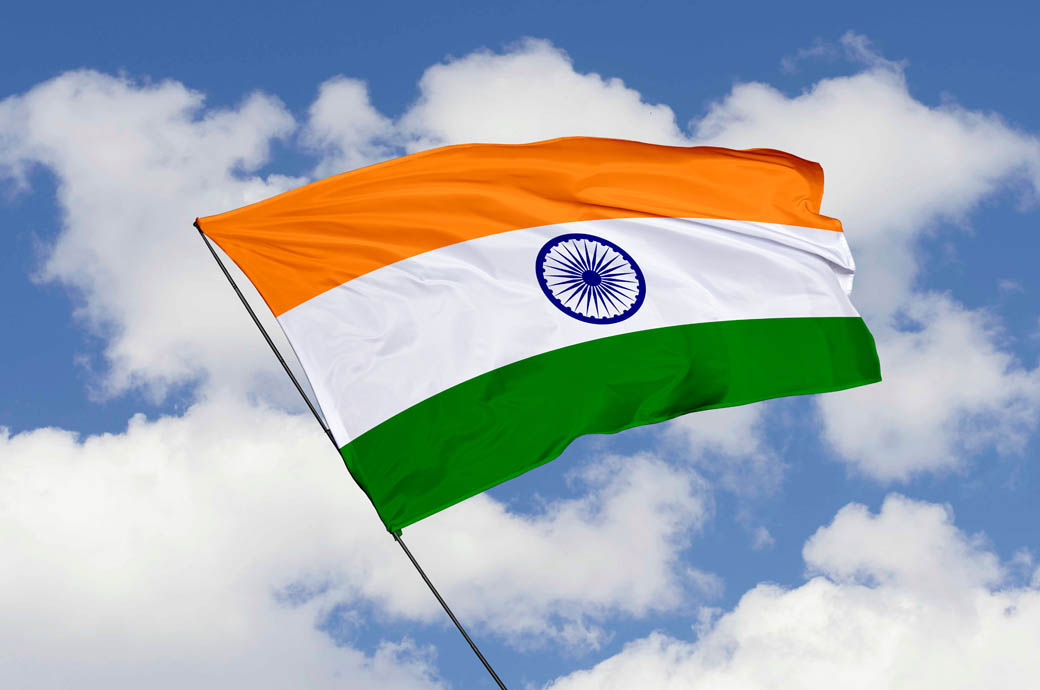
India’s population has one of the best ratios between its working-age population and its number of children and elderly. “So that really is the window for India to get it right in terms of setting up manufacturing capacity, continuing to grow services, continuing the growth of infrastructure,” says Santanu Sengupta, Goldman Sachs Research’s India economist.
But demographics is not going to be the only driver of GDP. Innovation, increasing worker productivity and capital investment are going to be important drivers as well, he says.
Productively using the labour force remains a challenge though, he noted.
This is also the appropriate time for the private sector to scale up on creating capacities in both manufacturing and services, he said in an interview on the company’s website.
The main downside risk would be if the labour force participation rate, which has declined over the last 15 years, does not increase, he said.
Growth upside can come through higher productivity growth.
Ultimately, transitioning to green energy is a large investment opportunity, but it’ll take time. In the interim fossil fuels are going to be the majority share in energy needs until India transitions to green energy, he added.
Fibre2Fashion News Desk (DS)